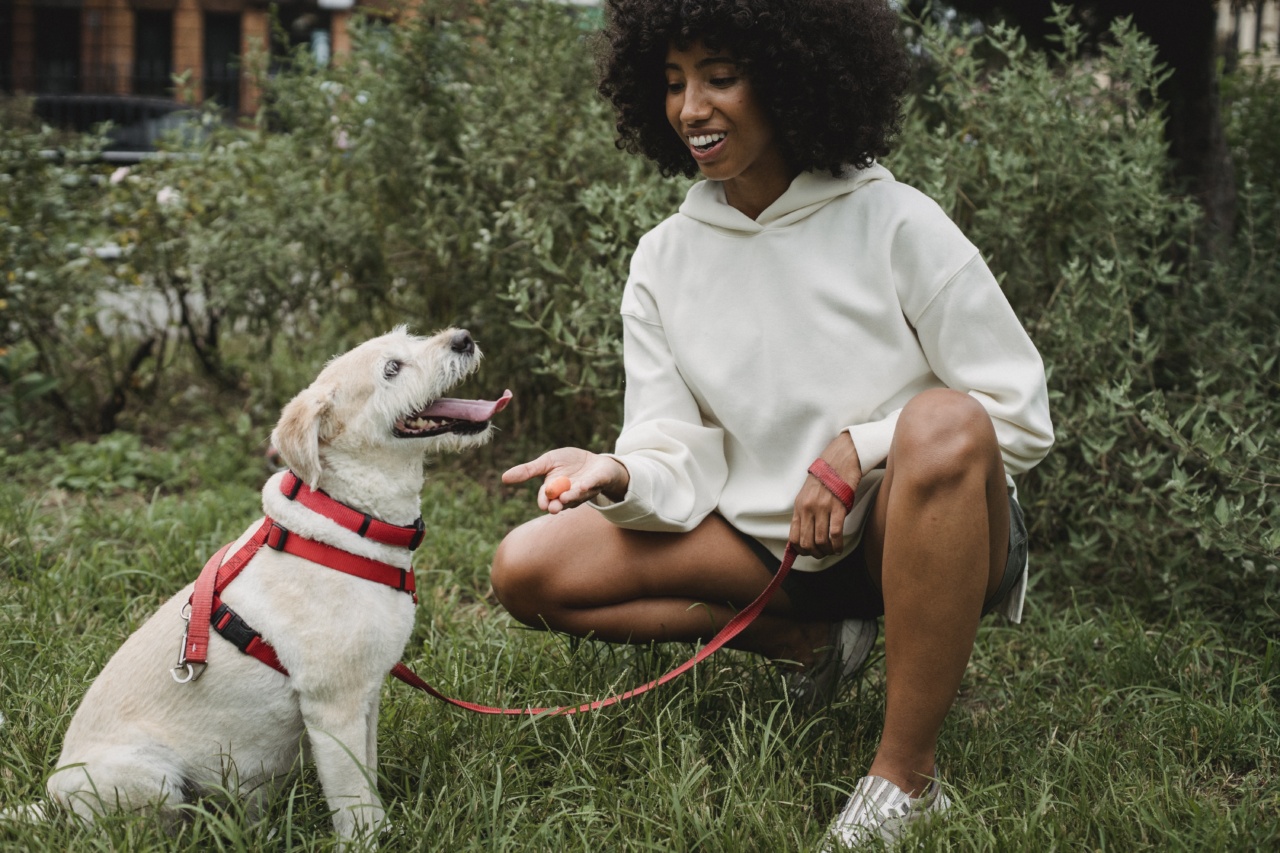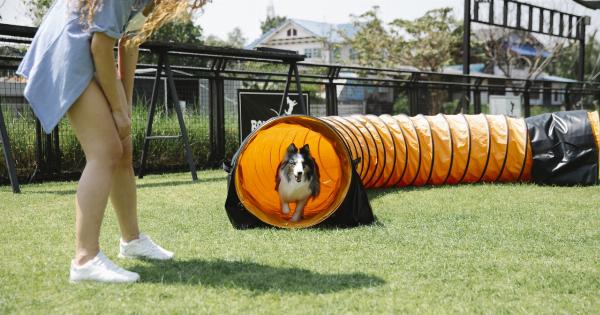Feeding your dog is an essential part of their overall health and wellbeing. However, when it comes to timing their meals, especially in relation to exercise, many pet owners find themselves wondering what is best for their furry friend.
Should you feed your dog before or after exercise? The answer to this question depends on various factors, including your dog’s age, breed, health condition, and exercise routine. In this article, we will delve into the benefits and considerations of each option to help you make an informed decision for your canine companion.
Feeding Your Dog Before Exercise: Pros and Cons
Feeding your dog before exercise can provide them with the necessary fuel and energy to perform their best. Here are some pros and cons to consider:.
Pros:
1. Sustained Energy: Giving your dog a balanced meal before exercise can help maintain their energy levels throughout the activity. This is particularly important for high-intensity workouts or long walks.
2. Preventing Hypoglycemia: Some dogs, especially small breeds or those prone to hypoglycemia, benefit from having a meal before exercising.
This helps to stabilize their blood sugar levels and prevent them from becoming weak or lethargic during the workout.
3. Training incentives: Feeding your dog before a training session can be an excellent way to utilize food as a reward. By associating mealtime with a workout, you can reinforce positive behavior and motivate them to engage in physical activities.
Cons:
1. Digestive Discomfort: Feeding your dog immediately before physical activity may lead to digestive discomfort, such as bloating or indigestion.
Some dogs may experience symptoms like vomiting or diarrhea if they engage in strenuous exercise right after a meal.
2. Increased Risk of Gastric Dilatation-Volvulus (GDV): Large and deep-chested breeds, such as Great Danes or German Shepherds, are more prone to bloating and GDV.
Giving them a meal before exercise increases the risk of this potentially life-threatening condition.
3. Slower Absorption of Nutrients: When a dog exercises on a full stomach, blood flow is diverted from the digestive system to the muscles, resulting in slower absorption of nutrients.
This can hinder the overall digestion and absorption of essential vitamins and minerals.
Feeding Your Dog After Exercise: Pros and Cons
Feeding your dog after exercise also has its own set of advantages and considerations. Let’s take a closer look:.
Pros:
1. Improved Digestion: Waiting until after exercise to feed your dog allows them to rest and cool down, which aids in proper digestion. This can help prevent issues like bloating or indigestion, especially in dogs prone to digestive troubles.
2. Efficient Nutrient Absorption: During exercise, blood flow to the muscles increases, which can enhance the absorption of nutrients consumed after the workout.
Feeding your dog after exercise ensures that they can efficiently utilize the essential compounds provided by their meal.
3. Weight Management: If your dog is overweight or on a weight management program, feeding them after exercise can be beneficial. Physical activity helps burn calories and feeding them afterward avoids replenishing those calories immediately.
Cons:
1. Decreased Immediate Energy: While feeding after exercise can provide long-term energy, it may result in a temporary decrease in immediate energy levels.
If your dog requires an extra energy boost during exercise, feeding them after may not be the most suitable option.
2. Training Reinforcement Challenges: Delaying meals until after exercise can make it challenging to use food as a training incentive during physical activities.
If your dog is highly treat-motivated and requires consistent reinforcement, feeding them before exercise might be more effective.
Considering Individual Factors
As mentioned earlier, several individual factors need to be considered when deciding whether to feed your dog before or after exercise:.
1. Age:
Puppies have higher energy requirements and faster metabolisms compared to adult dogs. They may benefit from a small meal before exercise to keep their energy levels steady.
Senior dogs, on the other hand, may require meals that cater to their specific dietary needs.
2. Breed:
Some breeds are more prone to gastrointestinal issues or certain health conditions, making them more sensitive to exercise and mealtime. Breeds predisposed to GDV should avoid eating before vigorous exercise to minimize the risk.
3. Exercise Intensity:
The intensity and duration of your dog’s exercise routine play a crucial role in deciding when to feed them.
Short walks or light play sessions may not necessitate a pre-exercise meal, while endurance activities or intense workouts may require additional energy from a meal beforehand.
4. Health Conditions:
If your dog has certain health conditions, such as diabetes or pancreatitis, their feeding schedule and dietary requirements will need to be closely monitored. Consult with your veterinarian for personalized advice.
Finding the Right Balance
Ultimately, the decision of whether to feed your dog before or after exercise should be based on a careful balance between their individual needs and overall health. Here are a few tips to help you make the best choice:.
1. Consult Your Veterinarian:
Before implementing any changes to your dog’s feeding routine, it is essential to consult with your veterinarian. They can provide valuable insights tailored to your dog’s specific needs.
2. Consider a Snack:
If you believe your dog could benefit from a pre-exercise energy boost but want to avoid a full meal, offering a small and easily digestible snack can be a suitable compromise.
3. Adjust Feeding Time:
If you prefer feeding your dog before exercise, consider adjusting their meal timing. Offering smaller meals or feeding them at least two hours before engaging in physical activities can minimize potential digestive issues.
4. Observe Your Dog’s Response:
Keep a close eye on your dog’s behavior and overall well-being after feeding them before or after exercise. Monitor for any signs of discomfort, such as bloating, restlessness, or lethargy.
5. Hydration is Key:
Regardless of whether you choose to feed your dog before or after exercise, ensuring they have access to fresh water before, during, and after physical activity is vital for their hydration and overall health.
Conclusion
When it comes to feeding your dog before or after exercise, there is no one-size-fits-all answer. Your decision should be based on your dog’s individual needs, health condition, and exercise routine.
Feeding them before exercise can provide sustained energy and act as a training incentive, but it may also lead to digestive discomfort for some dogs. On the other hand, feeding them after exercise ensures efficient nutrient absorption and aids digestion. Consider their age, breed, exercise intensity, and overall health, and consult with your veterinarian to find the most suitable approach.
Remember, the ultimate goal is to keep your furry friend happy, healthy, and well-nourished for a lifetime of enjoyable activities together!.






























